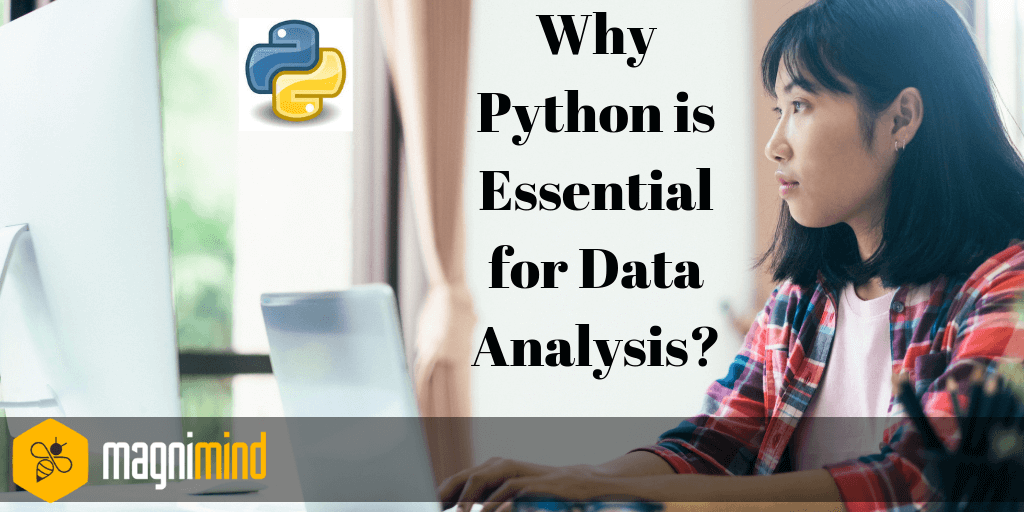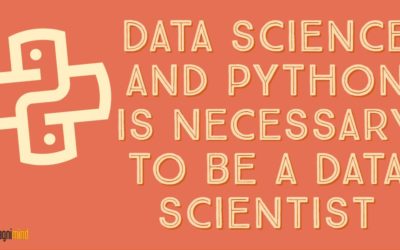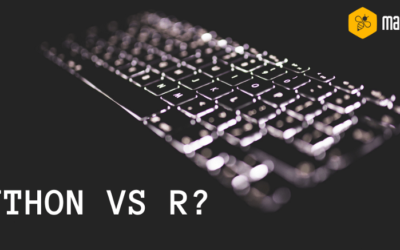In the U.S., over 36,000 weather forecasts are issued every day that cover 800 different areas and cities. Though some people may complain about the inaccuracy of such forecasts when a sudden spell of rain messes with their picnic or outdoor sports plan, not many spare a thought about how accurate such forecasts often are. That’s exactly what the people at Forecastwatch.com (a leader in climate intelligence and business-critical weather) did. They assembled all 36,000 forecasts, placed them in a database, and compared them to the actual conditions that existed on that particular day in that specific location. Forecasters around the country then take advantage of these results to improve their forecast models for the subsequent round. Those at Forecastwatch used Python to write a parser for collecting forecasts from other websites, an aggregation engine to assemble the data, and the website code to show the results. Though the company originally used PHP to build the website, it soon realized that it was much easier to only deal with a solitary language throughout. And there lies the beauty of Python, which has become essential for data analysis. Let’s delve deeper to understand what makes Python so popular in the field of data analysis.

How Python is used at every step of data analysis
- Numpy and Pandas: Imagine staring at a long Excel sheet with hundreds of rows and columns, from which you want to derive useful insights by searching for a specific type of data in each row and column and performing certain operations. Since such tasks are extremely time-consuming and cumbersome, Python can come to your aid. With Python libraries such as Pandas and Numpy, you can use parallel processing for such high-computational tasks, which makes the job faster and easier.
- BeautifulSoup and Scrapy: Using BeautifulSoup, you can parse and extract data out of XML and HTML files. On the other hand, Scrapy – which was originally designed for web scraping, can also be used as a general-purpose web crawler or to mine data using APIs. Since the necessary data isn’t always readily available, you can use these Python libraries to extract data from the internet, which would help in data analysis.
- Seaborn and matplotlib: Instead of seeing a lot of data jumbled on a screen, it’s much easier to visualize the data in the form of pie-charts, bar graphs, histograms, etc. Such pictographic representation or visualization of the data helps in deriving useful insights quickly and easily. Here again, Python libraries can come to the rescue. Using Seaborn (which is a matplotlib-based Python data visualization library) that provides you with a high-level interface for drawing informative and attractive statistical graphics, you can easily visualize data and draw useful insights. Apart from being equipped with beautiful default styles, the statistical plotting library of Seaborn is also designed to work extremely well with the Pandas dataframe objects.
In addition, using Python would mean having scikit-learn (a machine learning library), which would help in complex computational tasks involving probability, calculus, and matrix operations over thousands of columns and rows. For data analysis involving images, OpenCV (which is an image and video processing library used with Python) can help.
To learn more about python, click here and read our another article.










